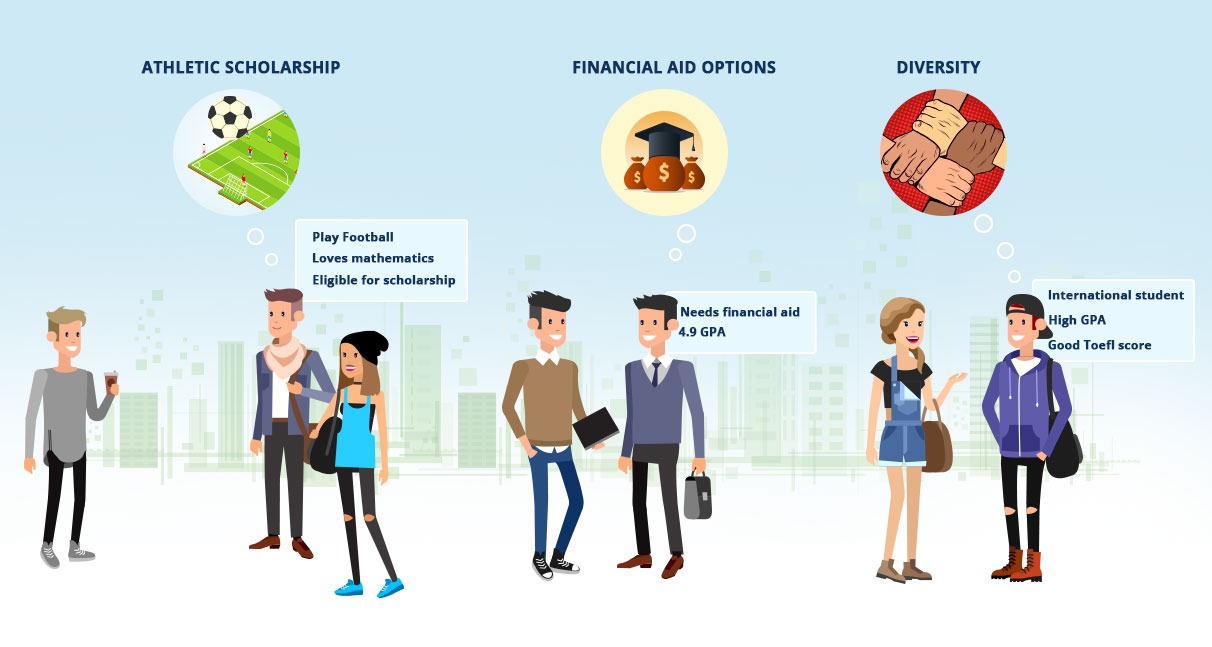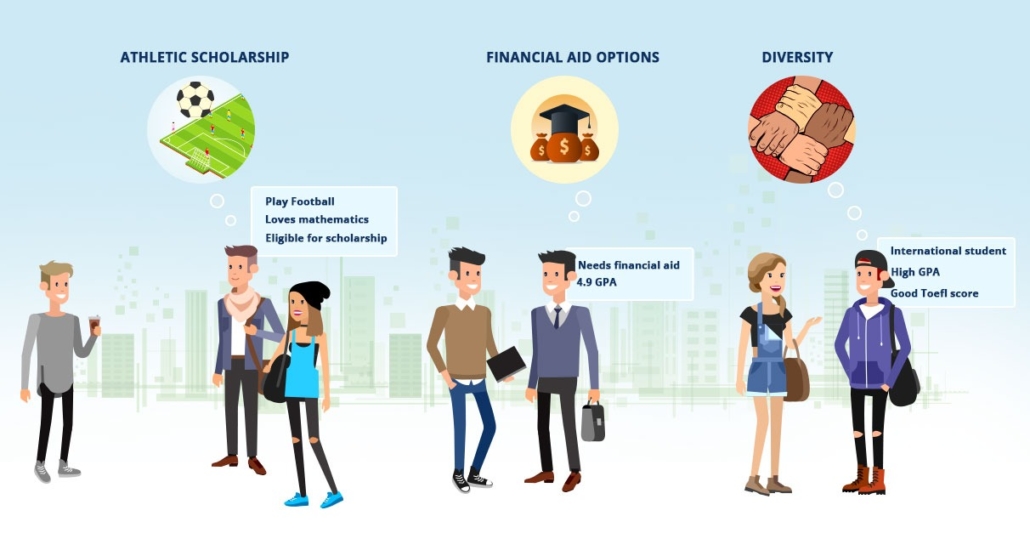Many higher education institutions’ yield rates—the percentage of admitted students who enroll—are steadily declining. According to US News & World Report, the average yield rate among national universities is 32%–a full percentage drop since fall 2015. National liberal arts colleges are even lower at around 26.6 percent, also down nearly one percent.
This is disheartening to say the least, especially when schools work hard to reel in qualified students, only to be declined. In fact, almost 80% of schools accept at least half of their applicants, meaning the issue clearly isn’t who is applying—it’s who is checking “yes” on their offer letters.
What can higher education institutions do to increase the number of students accepting their offers? And, if schools are indeed attracting worthwhile applicants, how can they set themselves apart from their competition?
A well-articulated value proposition could be the answer. A value proposition, as defined by Investopedia, is a “marketing statement that summarizes why a consumer should buy a product or use a service.” It communicates how a school can meet students’ needs—and why that school is unlike any other.
That’s why personalization is so important. Students have distinctive needs, interests and backgrounds, meaning different groups will respond to messages in different ways. A well-positioned, and strategically communicated, value proposition helps explain why a school is right for various types of students.

…hence having a solid marketing automation and customer relationship management (CRM) software. A well-designed CRM helps staff adjust and communicate their value propositions to different student segments. This personalized approach also helps to strategically position a school’s brand, which tells the world what they stand for and value—and what sets them apart.
Like any marketing initiative, the secret lies in understanding one’s audience. Before the value prop can be personalized, staff must understand who they’re personalizing it for. CRM helps higher education staff do so by collecting data, like a lead’s geographic location, test scores and program of interest, and organizing and analyzing it.

“Having student data easily accessible allows admission teams to have a much more informed conversation with applicants,” says Jason Garner, a graduate admissions director at American University in Washington, DC.
Then, through features like smart list segmentation, staff can position their value proposition (and brand messaging) based on various groups. The feature segregates leads based on different variables so staff can create audience-specific e-mail lists.
“This type of technology helps admission officers be actionable with applicants’ needs,” Garner says.
This approach applies to messaging across the board. By understanding one’s audience, staff can easily adjust language across other platforms like landing pages, auto-response messages and staff-to-prospect conversations. The last is perhaps the most important, as today’s students prioritize one-on-one communication the most.
A personalized value proposition and a strategically positioned brand—both achievable through CRM software—isn’t the only solution to declining yield rates, but it is strong one. By adjusting messaging to one’s audience, schools can combat today’s average 32% rate. And, in the process, they’ll also show what differentiates them, gaining a competitive advantage that will turn “accept” into “deposit.”









